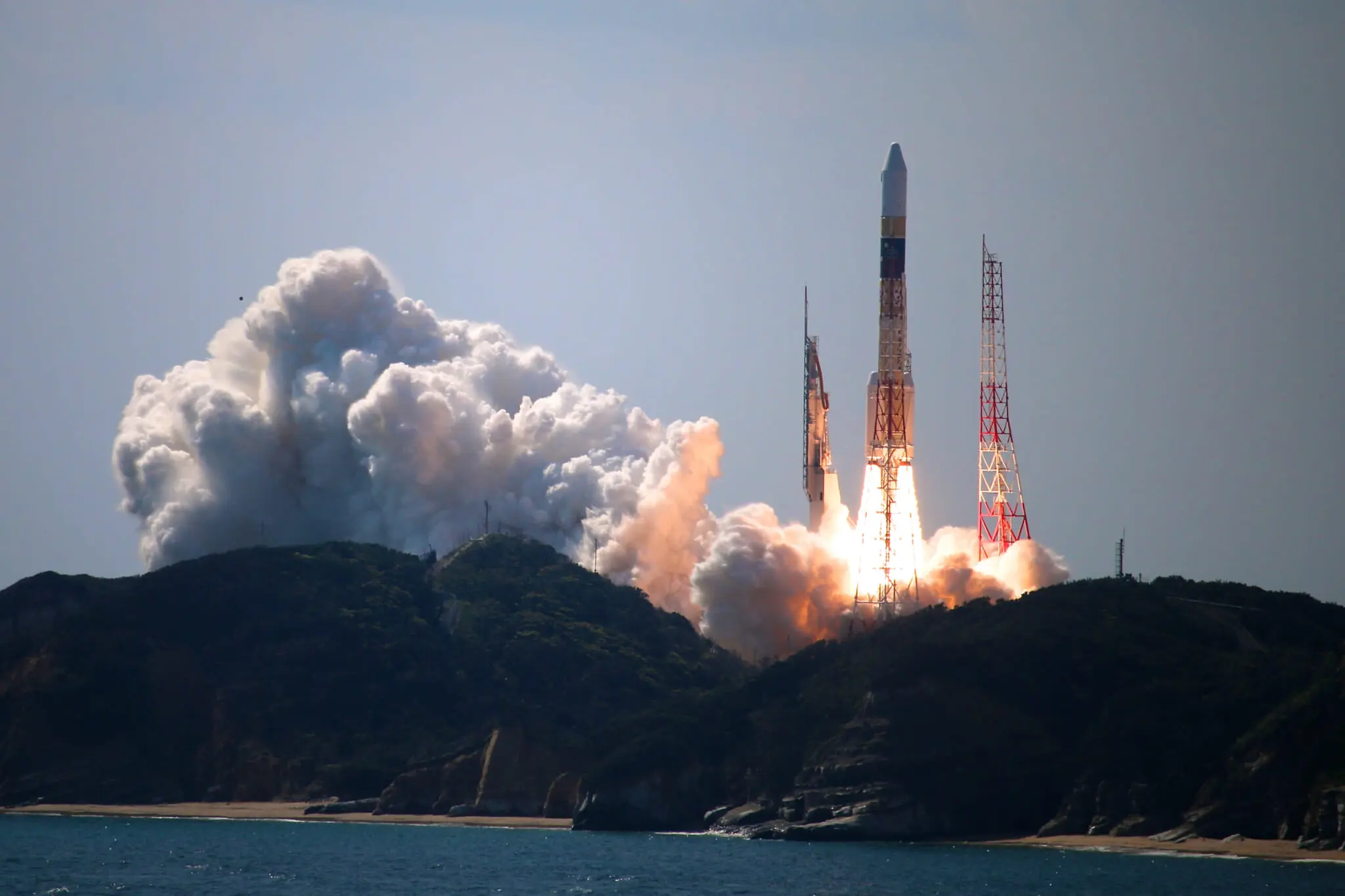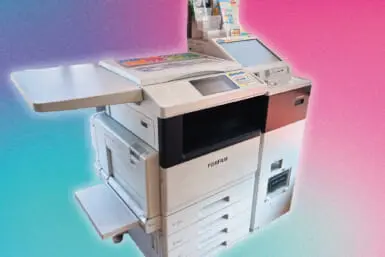Japan is a country renowned for its technological advancements. It nurtures a state-of-the-art robotics industry, boasts high-tech R&D facilities and pursues innovative AI applications. It’s also home to one of the world’s leading space agencies: JAXA, the Japan Aerospace Exploration Agency. To support JAXA’s mission, the country has several sites associated with rocket launches and space development — and they’re open to tourists!
These fascinating sites offer travelers a mesmerizing look at Japan’s space program and, if luck is on your side — or careful planning combined with cooperative weather conditions — a chance to observe an actual rocket being launched into orbit or beyond.
If this sounds like an exhilarating addition to your itinerary, read on! What follows is a list of Japan’s main launch sites and everything you need to know about them.
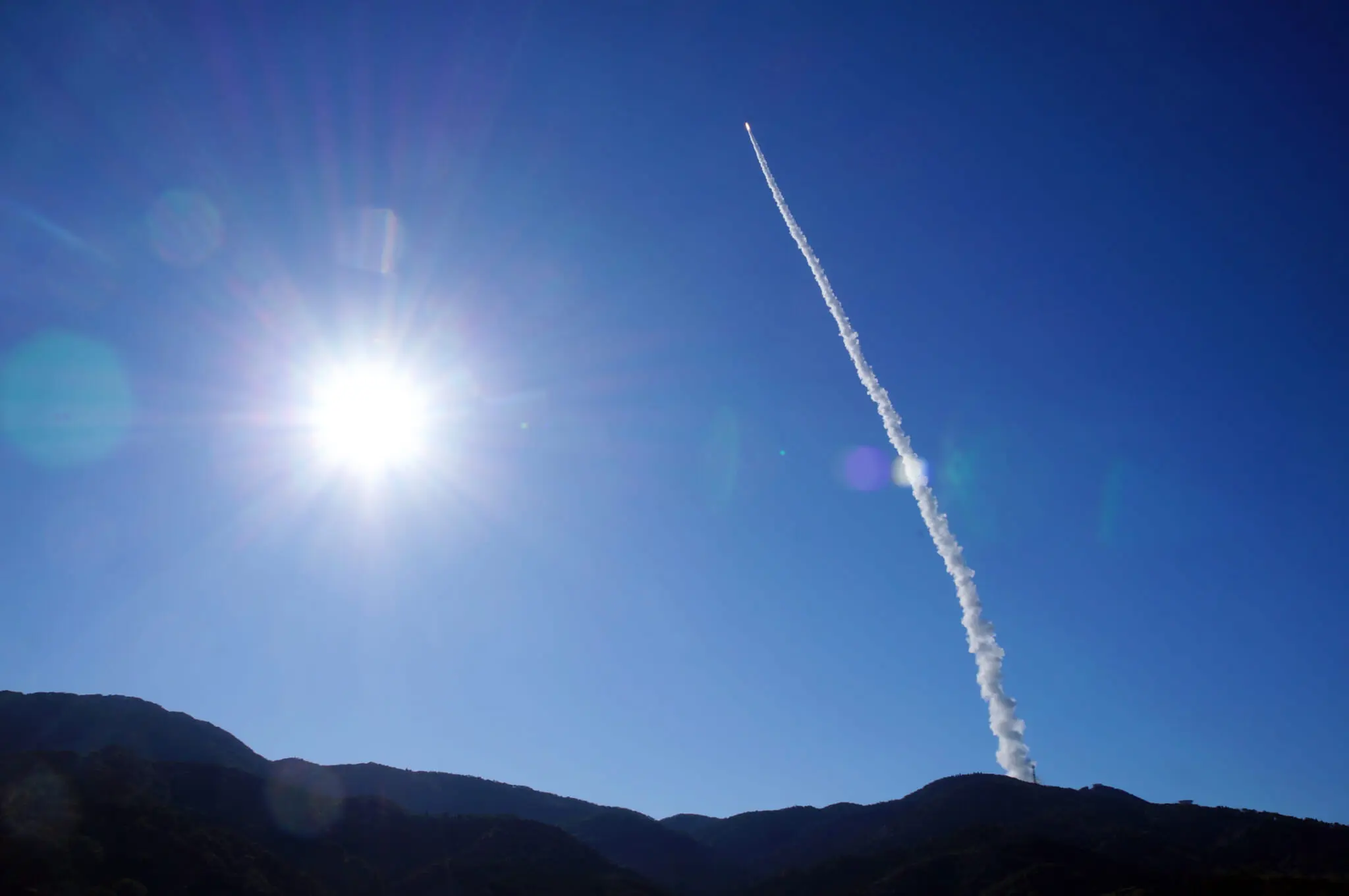
Tanegashima Space Center (TNSC)
Location: Tanegashima Island, Kagoshima Prefecture (approximately 40 kilometers south of the Kyushu mainland)
Facility Overview
Tanegashima Space Center has been making headlines in recent months, with its successful launch of a cutting-edge navigation satellite in February 2025. The space center is Japan’s primary and largest spaceport, with a total area of around 9.7 million square meters. The center features facilities for satellite assembly, launch vehicle testing, launching and tracking, including the Yoshinobu Launch Complex, a launch site for large-size rockets, and the Takesaki Range Control Center, located about 3 kilometers from the launch site and described as the “brain” for rocket launch operations.
One of the highlights of TNSC is the Space Science and Technology Museum, a free museum where visitors can learn about space development through exhibits, life-size models and games. Topics covered include rockets, satellites and the International Space Station. Don’t miss the full-scale models of the N-I and H-II launch vehicles outside the museum. Not surprisingly, these models are a popular spot for photos.
Rocket Launch Observation
As the primary site for launching larger rockets in Japan, TNSC has some pretty major launch events. On launch days, the space center and a 3-kilometer radius around the launchpad become a no-go zone, but the town of Minamitane has designated viewing areas where visitors to the island can safely observe launches, complete with JAXA’s audio countdown. In addition, some hotels and other spots on the island offer views of launches from a distance. Rocket launches can also be seen from the east side of the neighboring island of Yakushima, famous for its thousand-year-old Japanese cedar trees and as an inspiration for Studio Ghibli’s Princess Mononoke.
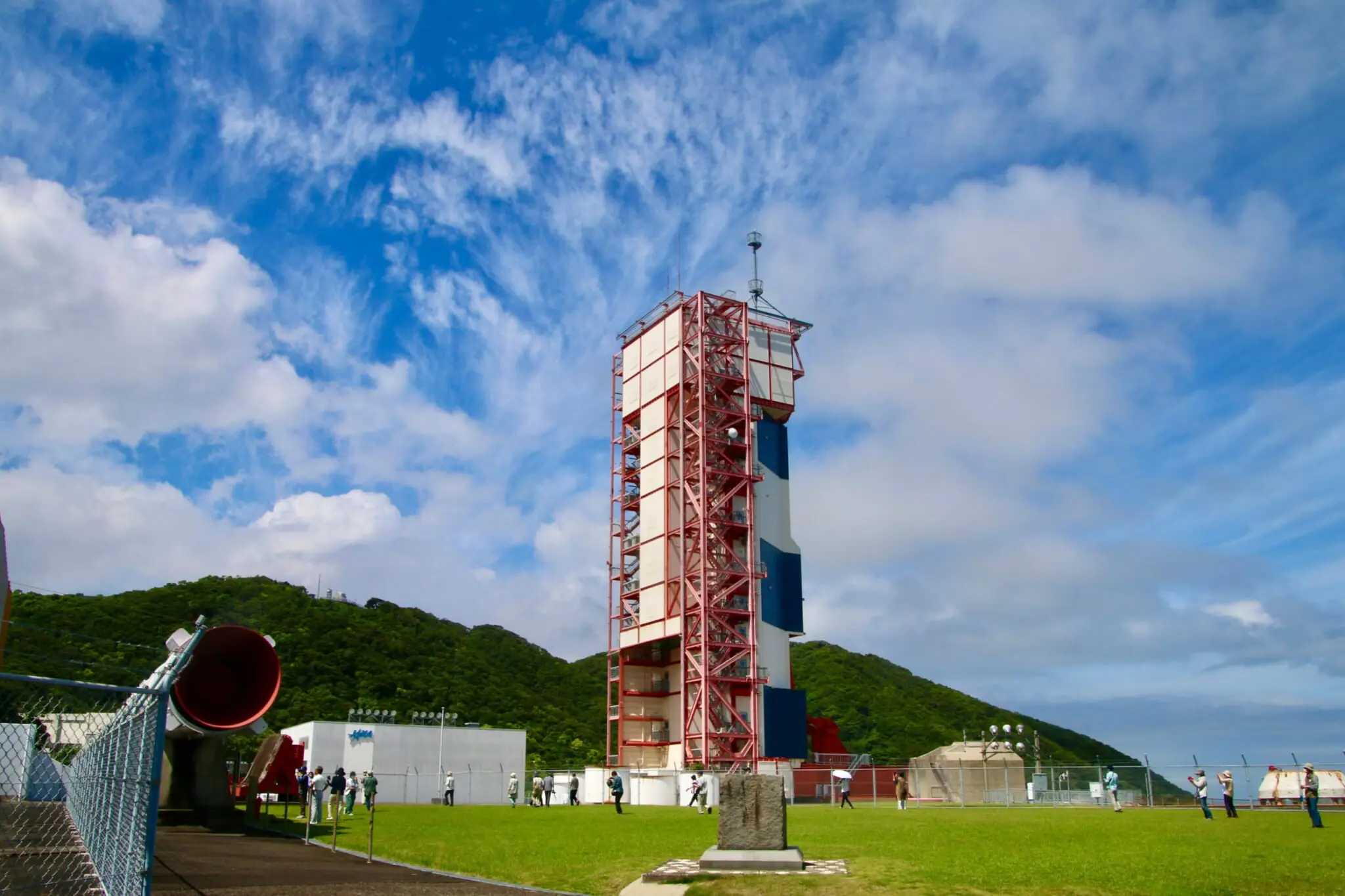
Uchinoura Space Center (USC)
Location: Kimotsuki, Kagoshima Prefecture
Facility Overview
Though a smaller space launch facility compared to Tanegashima Space Center, Uchinoura Space Center is historically significant as the launch site of Japan’s first artificial satellite, Ohsumi, in 1970. It’s primarily used for launching scientific satellites and sounding rockets, particularly the Epsilon series of launch vehicles, a rocket designed, according to the JAXA website, to “lower the threshold to space hitherto regarded as ‘special’ and to usher in an age in which everyone can make active use of space.” Over the years, USC has launched more than 400 rockets and 30 satellites and probes, including the M-V rocket that launched the Hayabusa explorer, the first spacecraft to land on and take off from an asteroid.
Explore the work pursued at the center at the on-site Space Science Museum. Open throughout the year save launch days and maintenance days, the museum features displays on rockets, satellite models, prototypes, test products and scientific instruments, plus a model of the M Rocket Assembly Building.
Rocket Launch Observation
USC launches smaller rockets and satellites, but that doesn’t lessen the thrill. Though the facility has partial restrictions on launch days, an observation deck is open to the public for viewing launch experiments. Information on viewing areas is usually provided by JAXA and local authorities closer to launch dates.
For a general introduction to viewing areas (plus other space-related facilities to explore), check out the Kimotsuki Tourism Association’s website, where you’ll find information on several viewing spots, including a beach from which Tanegashima launches are also visible. If organizing a trip, keep in mind that only one of Kimotsuki’s launch-viewing areas — IHI Spaceport Uchinoura — provides a view of the launch pad.
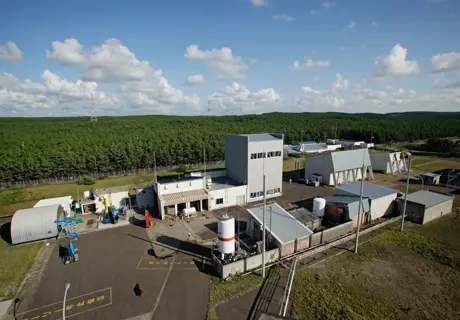
Courtesy of JAXA
Noshiro Rocket Testing Center (NRTC)
Location: Noshiro, Akita Prefecture
Facility Overview
Located on a long, narrow strip of land facing the Sea of Japan, the Noshiro Rocket Testing Center was established in 1962 to conduct various tests necessary for developing rockets launched from the Uchinoura Space Center. Static firing tests are conducted at the center, as well as various other research and development, including reusable vehicle testing.
An on-site exhibition hall with free entry is open to the public on weekdays. There, visitors can learn about the center’s various activities. The NRTC also offers 40-minute tours of the facilities, but note that reservations are required.
Rocket Launch Observation
The NRTC is primarily a testing facility, so opportunities to see actual launches of full rockets are rare. However, you might be able to observe static firing tests depending on the schedule and public access. Check the JAXA NRTC website for visitor and event information.
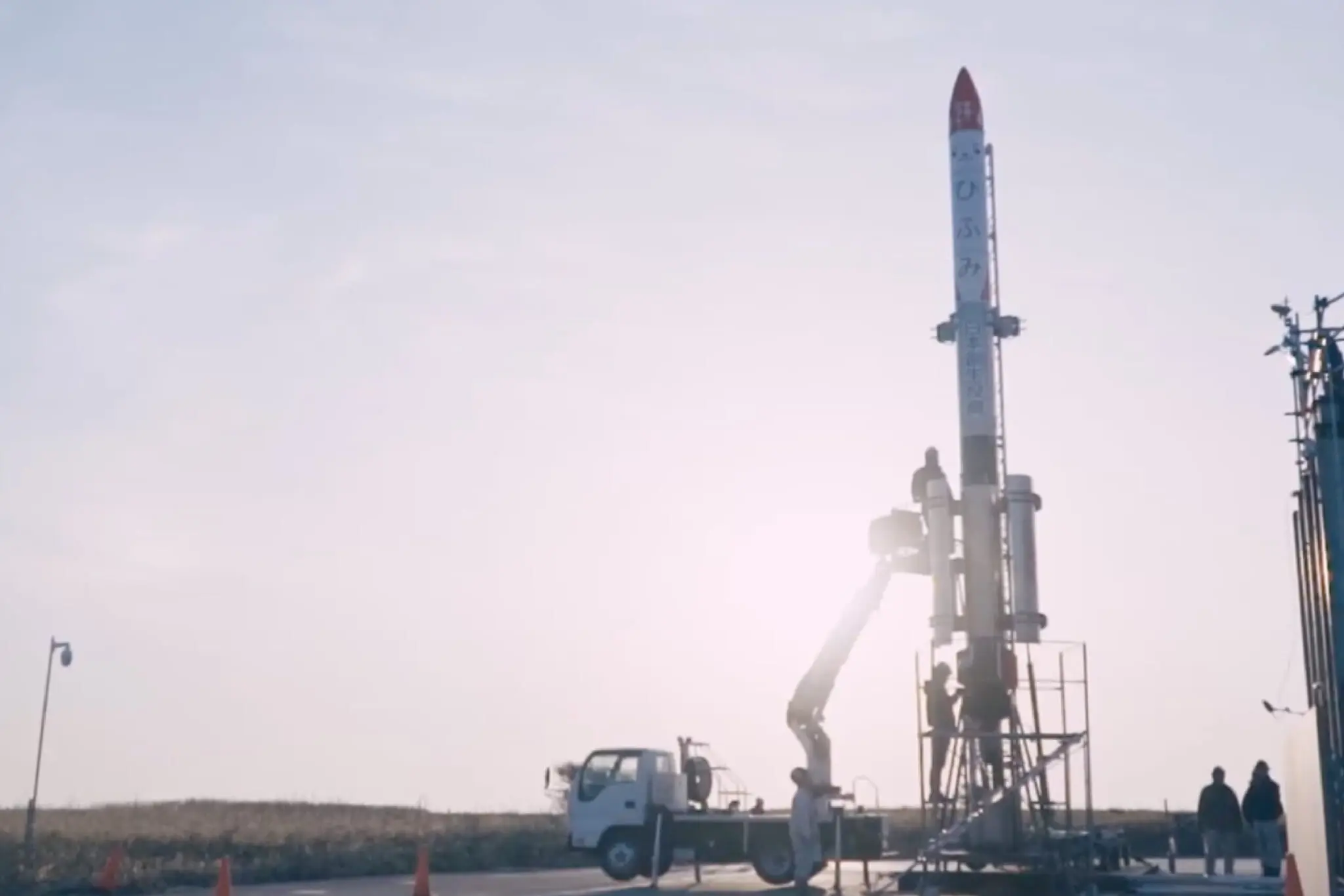
Courtesy of Hokkaido Spaceport
Hokkaido Spaceport (HOSPO)
Location: Taiki, Hokkaido
Facility Overview
Hokkaido Spaceport is a privately operated commercial spaceport — Asia’s first. It primarily works with universities and businesses like Interstellar Technologies, a private spaceflight company, but it also works with government agencies, including JAXA. The spaceport supports both vertical and horizontal launches and features rocket launch sites, test sites, hangars and a 1,300-meter runway. A fairly new center — though parts have existed since 1995 — HOSPO is still expanding, and it plans to build complexes for orbital launch vehicles and extend its runway to potentially accommodate spaceplane take-off and landing tests.
HOSPO, which began full-scale operations in 2021, is an expansion of the Taiki Multi-Purpose Aerospace Park, a facility that houses JAXA’s Taiki Aerospace Research Field. This facility is used for aerospace experiments, including high-altitude balloon launches. HOSPO is also home to Taiki Space Community Center Sora, an exhibition facility showcasing the town of Taiki’s connection to the aerospace industry. The center, open from April to November, also displays small rockets, mock-ups of Interstellar Technologies’ Momo sounding rocket, experimental equipment used by JAXA and more.
Rocket Launch Observation
HOSPO launched its first rockets in July 2021. As the spaceport develops, there will likely be more opportunities to witness launches from this site. Information on viewing areas will be made available by Space Cotan (HOSPO’s operating company) and local authorities.
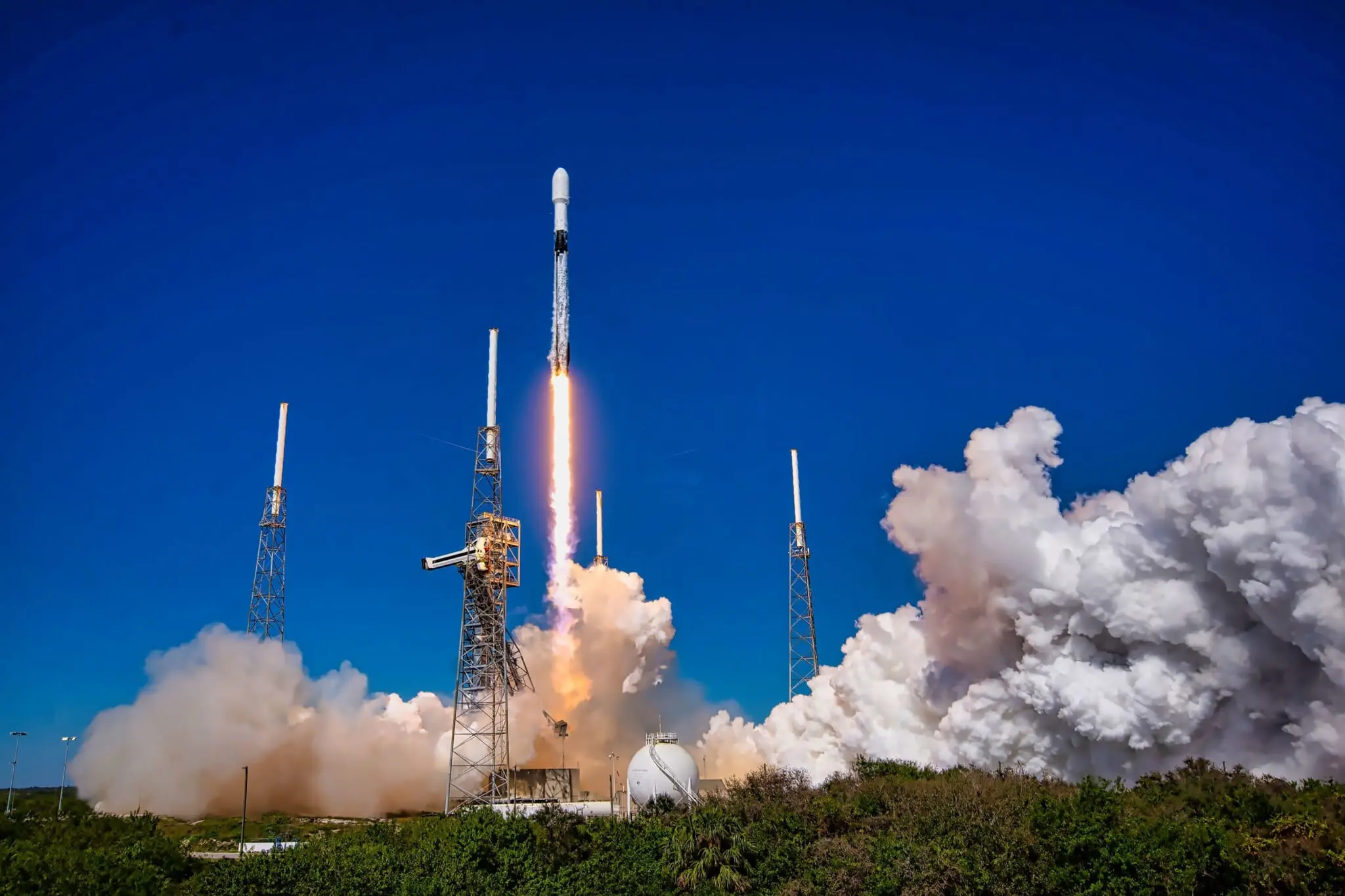
General Tips for Seeing Rocket Launches in Japan
Check the JAXA website
JAXA’s official website provides schedules (though these are subject to change), information on launch vehicles and sometimes details about public viewing areas.
Contact Local Tourism Boards
The tourism organizations in the areas surrounding the launch sites, such as Minamitane on Tanegashima Island, often have the most up-to-date information on viewing spots and special arrangements.
Be Prepared for Changes
Rocket launch schedules are subject to weather conditions and technical issues, so be flexible with your plans.
Arrive Early
Viewing spots can get crowded, especially for major launches, and some limit the number of entrants.
Bring Appropriate Gear
Depending on the location and time of year, you might need sunscreen, hats, layers of clothing, binoculars or other attire and accessories. An absolute must, of course, is your camera.
Respect Local Regulations
Follow any instructions from JAXA staff or local authorities regarding restricted areas and safety guidelines.
While seeing an actual rocket launch requires careful planning and more than a little luck, just visiting the space centers and their museums offers a fascinating glimpse into Japan’s space program and, in the case of HOSPO, the private aerospace industry. There’s no better way to discover the ever-evolving world of rocket science.

